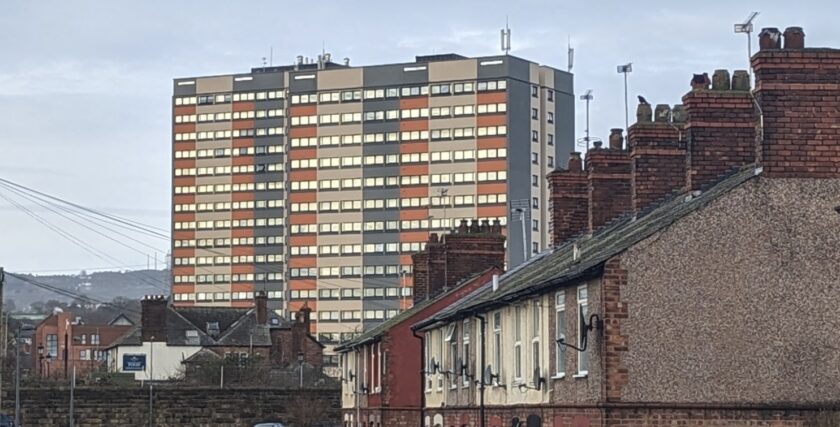Welsh Government introduces Bill to transform building safety and resident rights

The Welsh Government has laid before the Senedd a landmark Building Safety (Wales) Bill, designed to improve the safety of multi-occupied residential buildings across Wales.
Cabinet Secretary for Housing and Local Government Jayne Bryant said the Bill is built around three key principles: safety, accountability and residents’ voices. It forms part of a wider programme of reforms responding to the Grenfell Tower tragedy in 2017.
The legislation will focus on fire safety in buildings of 11 metres and above, introduce significant reforms to the building control system, and bring in new regulations for high-risk buildings. It also includes clearer responsibilities for duty holders and mandatory registration and regulation of building control professionals.
The Bill requires building safety risks to be assessed and managed throughout a building’s occupation, backed by a robust enforcement regime. Fire safety duties will also apply to certain Houses in Multiple Occupation.
A key element is the creation of clear lines of accountability, placing legal responsibility for safety on duty holders and ending confusion over who is responsible for residents’ safety.
The Bill will provide residents with greater reassurance about their homes’ safety and clearer routes to raise complaints, while also placing responsibilities on residents to help keep buildings safe.
The Welsh Government has confirmed the Bill will cover all multi-occupied residential buildings with two or more dwellings, regardless of height—a wider scope than England’s Building Safety Act, which focuses on buildings 18 metres and above. Some buildings will be exempt, as set out in the legislation.
Local authorities will regulate the new occupation phase regime and maintain a register of relevant buildings, working alongside Fire and Rescue Authorities. This differs from England, where the Building Safety Regulator oversees these functions.
The Bill introduces new roles of “accountable persons” with statutory duties to manage building safety risks, with varying responsibilities based on building risk categories.
Jayne Bryant said: “This landmark Bill will fundamentally transform safety in multi-occupied residential buildings across Wales. It goes wider and further than existing legislation in other parts of the UK.”
She added: “The legacy of Grenfell Tower must be meaningful change. We owe it to those who lost their lives, their families, and the survivors to ensure that such a tragedy can never happen again.”
Background to the reforms includes the Hackitt review, which found serious regulatory failures in building safety. Since then, the Welsh Government has committed to “radical and far-reaching reforms,” publishing a White Paper and consulting on building safety regulations.
While many design and construction phase reforms have aligned with England’s Building Safety Act 2022, Wales will maintain local authority oversight and extend the regime to a broader range of buildings during occupation.
The Bill will next undergo the usual Senedd legislative process, with further updates expected as it progresses.
Spotted something? Got a story? Email: [email protected]
Latest News
